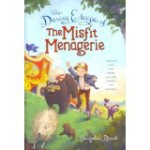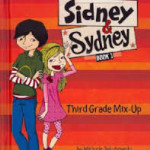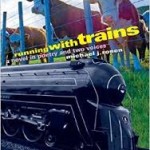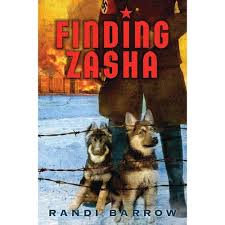 At first glance, I wondered if this book was about Muhammad Iqbal who was a philosopher, poet, and politician, respectfully dubbed the “Poet of the East”. Or if it was about Iqbal Masih, 12 year old child rights activist. The story was about neither. It is a fictional tale about Iqbal the inventor.
At first glance, I wondered if this book was about Muhammad Iqbal who was a philosopher, poet, and politician, respectfully dubbed the “Poet of the East”. Or if it was about Iqbal Masih, 12 year old child rights activist. The story was about neither. It is a fictional tale about Iqbal the inventor.
Iqbal needs an idea for his upcoming science fair. He wants to win the prize money so he can buy a propane stove for his family. He has one month to create something that is sustainable. After much thought and some computer research, Iqbal sets out to create a solar cooker.
Highly recommended
What I like about this book: The story is one of perseverance, creative thinking and family unity (sister is involved in the work).
It is very approachable for many grade levels. There are so many jumping off points for discussions on similarities and differences (family structure, schooling structure, home arrangements…).
The back matter gives more information about clean cooking stoves and there are even directions to create one. This would be great as a STEM activity. Also included is information about Bangladesh and a brief snapshot of Bengali home life. Included in the glossary is pronunciation and meaning for the Bengali words used in the story. Children love to learn to count in other languages (ēk, dui, tin…one, two, three)!
The majority of the colored pencil drawings cover a two page spread with the text condensed and highlighted on one page. This will engage young readers.
Lastly, this would be a great story to use before introducing students to their first science fair.
I also appreciate the fact that the story is a collaborative work of two women, author Elizabeth Suneby (Razia’s Ray of Hope) and illustrator Rebecca Green.
Publisher stated: 3rd – 7th grade.
This could be used as a read aloud beginning as early as late Kinder, especially if tying into the STEM project.




